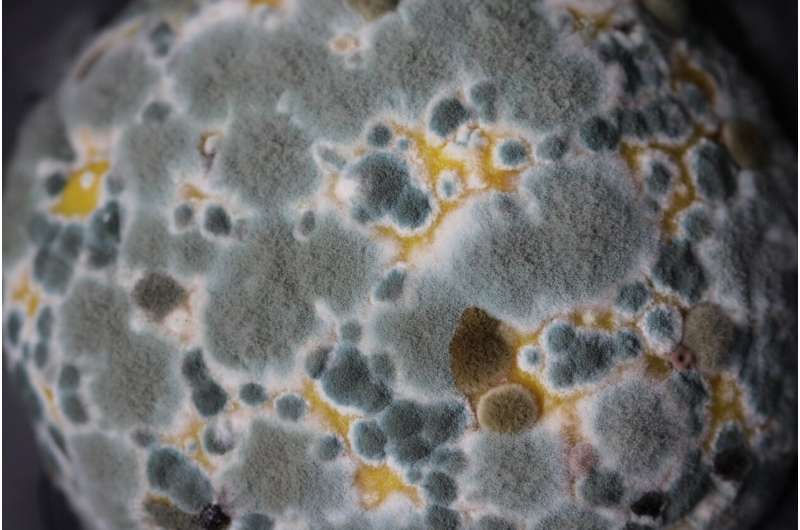This article has been reviewed according to Science X's editorial process and policies. Editors have highlighted the following attributes while ensuring the content's credibility:
fact-checked
proofread
Molds and yeasts in the indoor environment found to not increase the risk of developing asthma

Fungi (molds and yeasts) in the indoor environment are not associated with an increased risk of asthma among children. This finding was made in a study conducted by the Finnish Institute for Health and Welfare (THL), which analyzed the microbiota of approximately 380 Finnish homes.
From this same birth cohort, it was previously reported that higher levels of specific bacteria, most likely originated from outdoors, may reduce a child's risk of developing asthma. The study also found that the presence of farm-like microbiota in a home protected children from asthma even in urban homes. Based on the new findings, it appears that bacteria in the living environment have a greater role in protecting against asthma than fungi do.
Fungi belong to the normal indoor microbiota
There are molds and yeasts everywhere in our living environment and they are a natural part of the microbiota of a normal home. In the study, the number of fungal species, the diversity of fungal species or the amount of fungi in the samples were not linked to the risk of developing asthma.
"Those 13 fungal genera that were related to asthma were inversely associated with asthma rather than being risk factors. Before starting this research, we believed we would find links to both types of fungi, those protecting against development of asthma and those increasing asthma risk. Our results provide a better understanding of fungi in the indoor environment," says Anne Karvonen, Chief Researcher at THL.
"Molds and yeasts in the indoor environment have often been linked to moisture damage buildings and the related health hazards. In the future, the aim will be to examine whether those fungi that are associated with moisture damage in the home can explain the connection between moisture damage and asthma. Based on the preliminary results of this study, it does not appear so. In future analyses, we will improve exposure assessment by studying the significance of living and dead microbial cells separately," says Martin Täubel, Chief Researcher at THL.
The work is published in the journal Annals of the American Thoracic Society.
More information: Martin Täubel et al, Fungi in Early-Life House Dust Samples and the Development of Asthma: A Birth Cohort Study, Annals of the American Thoracic Society (2023). DOI: 10.1513/AnnalsATS.202303-187OC



















